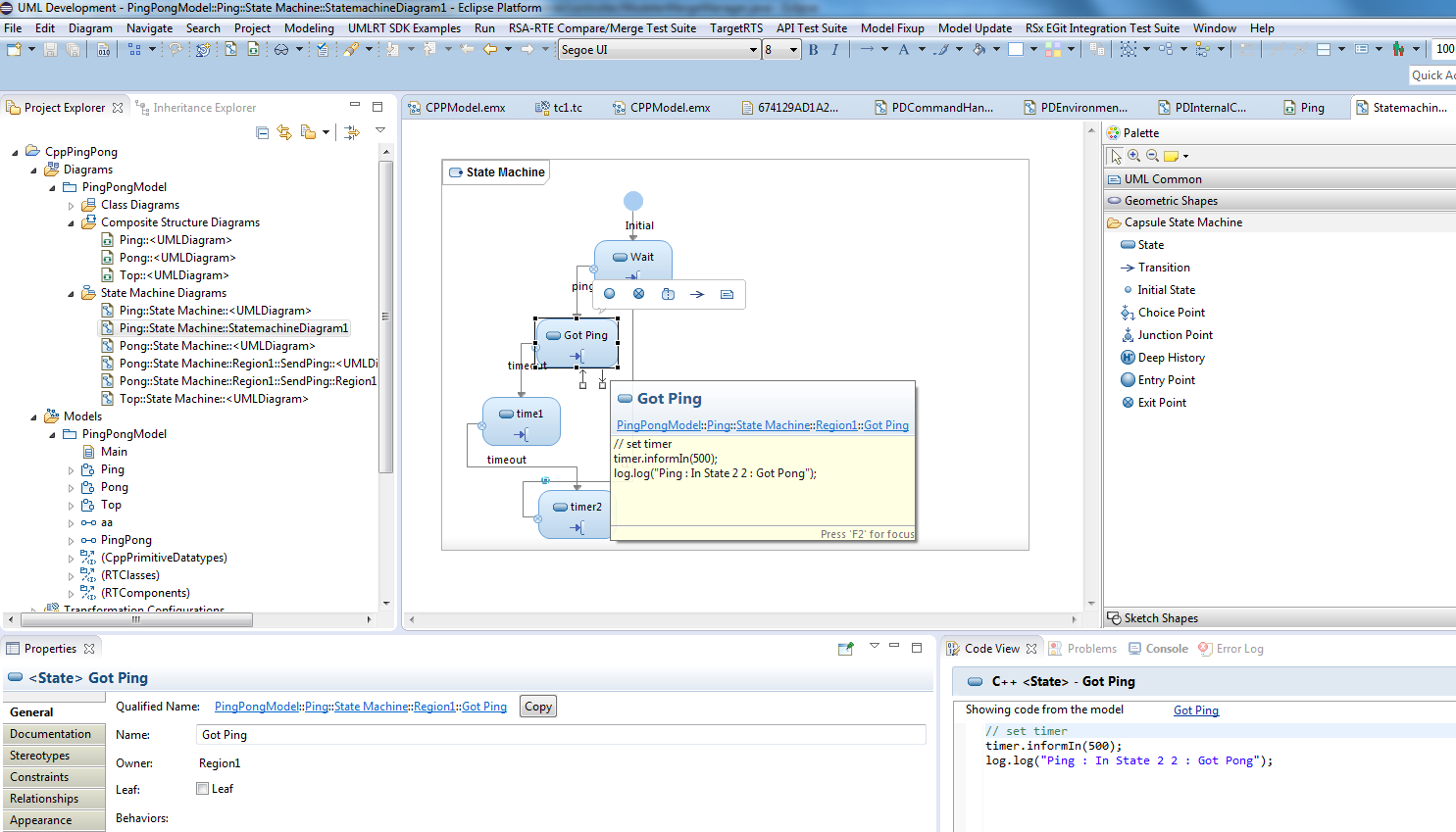Infographic clipart vector art icons and graphics for free download
Table of Contents
Table of Contents
Have you ever wondered how to draw an energy pyramid? Energy pyramids are essential diagrams that represent the flow of energy in an ecosystem. They provide insights into the transfer of energy between different trophic levels and are vital for understanding the delicate balance of nature. If you’re struggling to draw an energy pyramid, don’t worry, in this blog post, we’ll guide you through the process step by step.
Pain Points of How To Draw An Energy Pyramid
Many people find it challenging to draw energy pyramids since they involve the use of multiple trophic levels and various types of organisms. It can be challenging to understand where each organism falls in the pyramid and the amount of energy that they receive. Additionally, people may struggle with the layout of the pyramid and accurately representing the amount of energy flow between each level. However, with practice, these issues can be overcome.
Answering the Target of How To Draw An Energy Pyramid
Before you dive into drawing your energy pyramid, you need to understand the basics of the pyramid structure. The energy pyramid represents the transfer of energy between multiple trophic levels. At the base of the pyramid are the primary producers, and at the top are the top predators. Energy flows from one level to the next, and each level receives a certain amount of energy based on the level below it. Additionally, you’ll need to memorize the different types of organisms at each level and their roles in the ecosystem.
Summarizing the Article’s Main Points Related to How to Draw an Energy Pyramid
In summary, an energy pyramid is a diagram that represents the flow of energy in an ecosystem. To draw an energy pyramid accurately, you need to understand the different trophic levels and the organisms that occupy each level. The pyramid structure shows the transfer of energy from one level to the next, and each level receives a certain amount of energy based on the level below it.
Steps to Draw an Energy Pyramid
Now that you understand the basics let’s dive into the steps to draw an energy pyramid.
Step 1: Understand the Different Trophic Levels
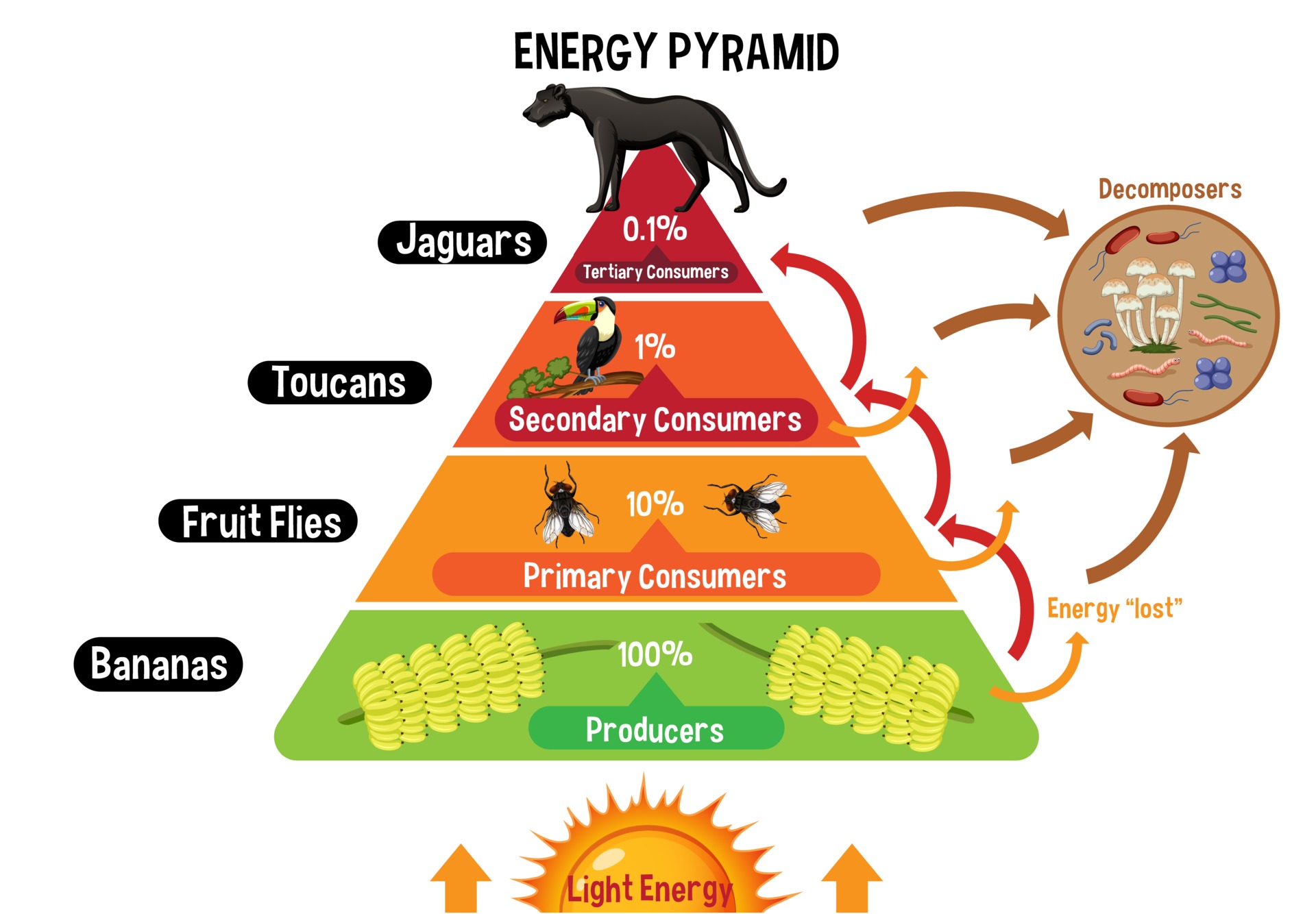 The first step is to understand the different trophic levels, the organisms that occupy each level, and their roles in the ecosystem. The trophic levels are broken down into four main categories: primary producers, primary consumers, secondary consumers, and tertiary consumers. Primary producers, such as plants, use sunlight to create energy through photosynthesis. Primary consumers, such as herbivores, feed on primary producers. Secondary consumers, such as carnivores, feed on primary consumers. Tertiary consumers, such as top predators, feed on secondary consumers.
The first step is to understand the different trophic levels, the organisms that occupy each level, and their roles in the ecosystem. The trophic levels are broken down into four main categories: primary producers, primary consumers, secondary consumers, and tertiary consumers. Primary producers, such as plants, use sunlight to create energy through photosynthesis. Primary consumers, such as herbivores, feed on primary producers. Secondary consumers, such as carnivores, feed on primary consumers. Tertiary consumers, such as top predators, feed on secondary consumers.
Step 2: Draw the Pyramid Structure
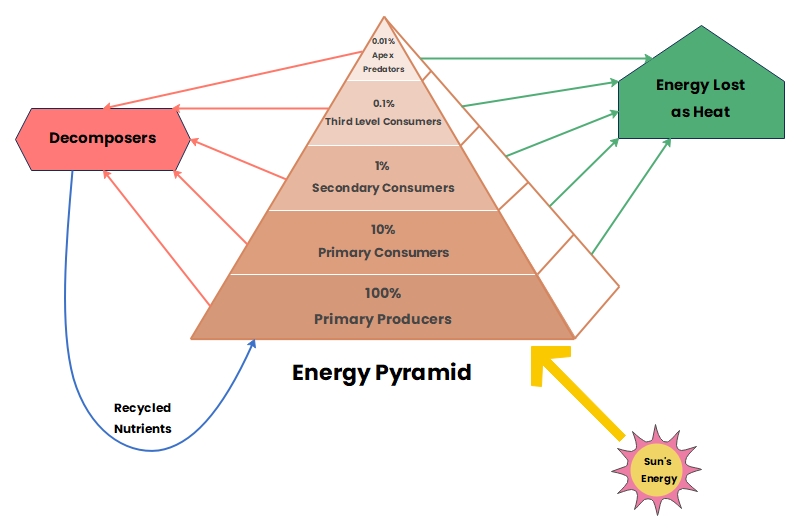 Next, draw the pyramid structure. Start at the base with the primary producers and move upward to the top predators. Ensure that each level is represented with a horizontal line and accurately represents the amount of energy flow between each level.
Next, draw the pyramid structure. Start at the base with the primary producers and move upward to the top predators. Ensure that each level is represented with a horizontal line and accurately represents the amount of energy flow between each level.
Step 3: Add Organisms to Each Level
 After drawing the pyramid structure, add organisms to each level, ensuring that they are in the correct trophic level. Label each organism and include arrows that flow to the next level.
After drawing the pyramid structure, add organisms to each level, ensuring that they are in the correct trophic level. Label each organism and include arrows that flow to the next level.
Common Mistakes When Drawing an Energy Pyramid
It’s common to make mistakes when drawing an energy pyramid, particularly when first starting. Here are some common mistakes to avoid:
Mistake 1: Incorrectly Labelling Trophic Levels
Ensure that each organism is in the correct trophic level to avoid confusion and an incorrect representation of energy flow.
Mistake 2: Inaccurate Proportions
It’s crucial to ensure that each level accurately represents the amount of energy flow. Failing to do so can result in incorrect conclusions about the ecosystem.
Question and Answer Section of How to Draw an Energy Pyramid
Q: What is the purpose of an energy pyramid?
A: The purpose of an energy pyramid is to represent the transfer of energy between multiple trophic levels in an ecosystem.
Q: Why is the correct placement of organisms essential when drawing an energy pyramid?
A: The correct placement of organisms is crucial to avoid confusion and ensure an accurate representation of energy flow.
Q: What are the different types of trophic levels?
A: The different types of trophic levels are primary producers, primary consumers, secondary consumers, and tertiary consumers.
Q: What is the base of an energy pyramid?
A: The base of an energy pyramid is the primary producers, such as plants, that use sunlight to create energy through photosynthesis.
Conclusion of How to Draw an Energy Pyramid
In conclusion, drawing an energy pyramid may seem complicated at first, but with practice and understanding, you’ll be able to master the process. Remember to understand the different trophic levels, draw the pyramid structure accurately, add organisms to each level, and avoid common mistakes. Once you’ve mastered the technique, you’ll have a deep understanding of the energy flow in an ecosystem.
Gallery
How To Draw An Energy Pyramid
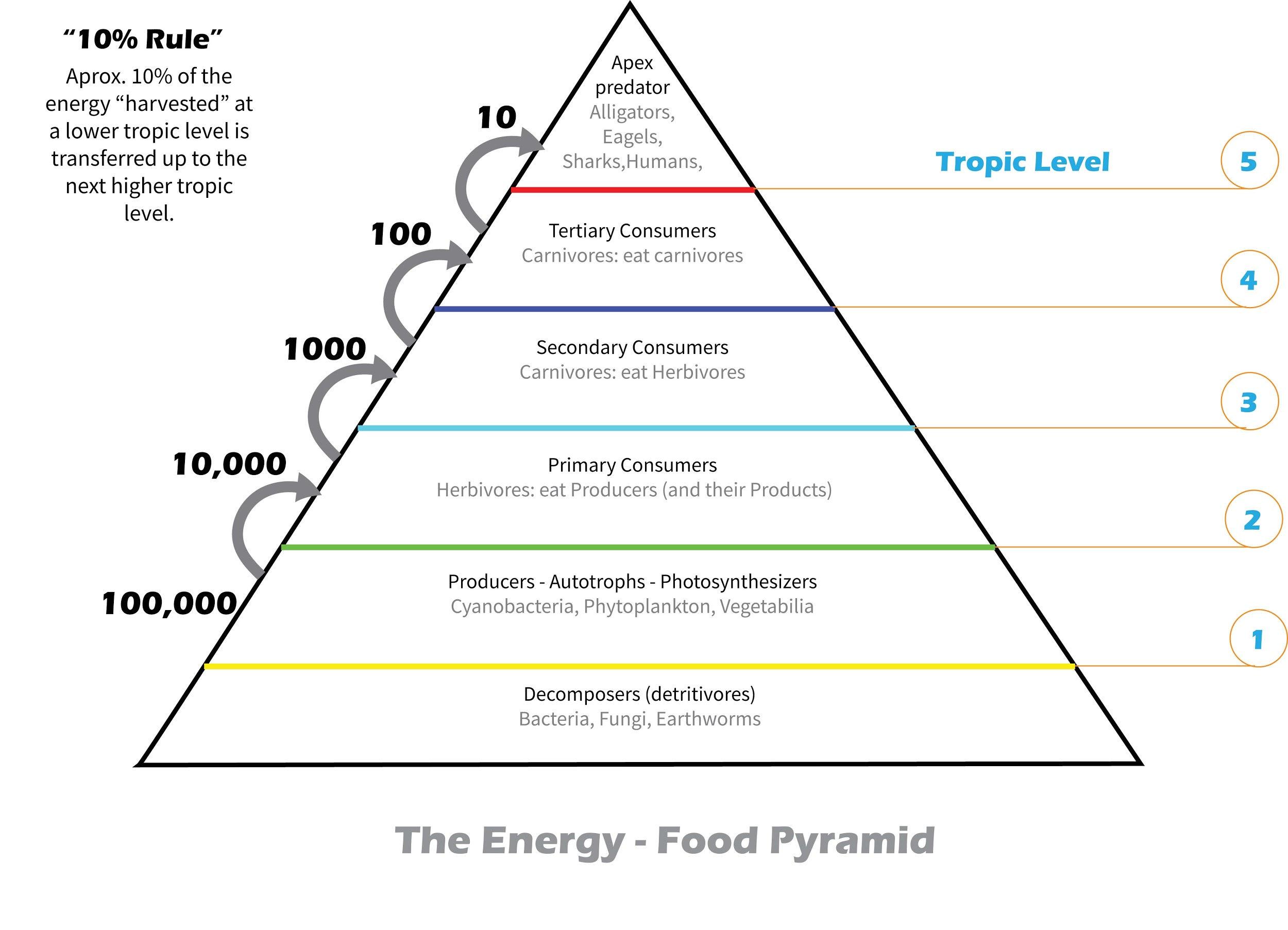
Photo Credit by: bing.com /
How To Draw An Energy Pyramid
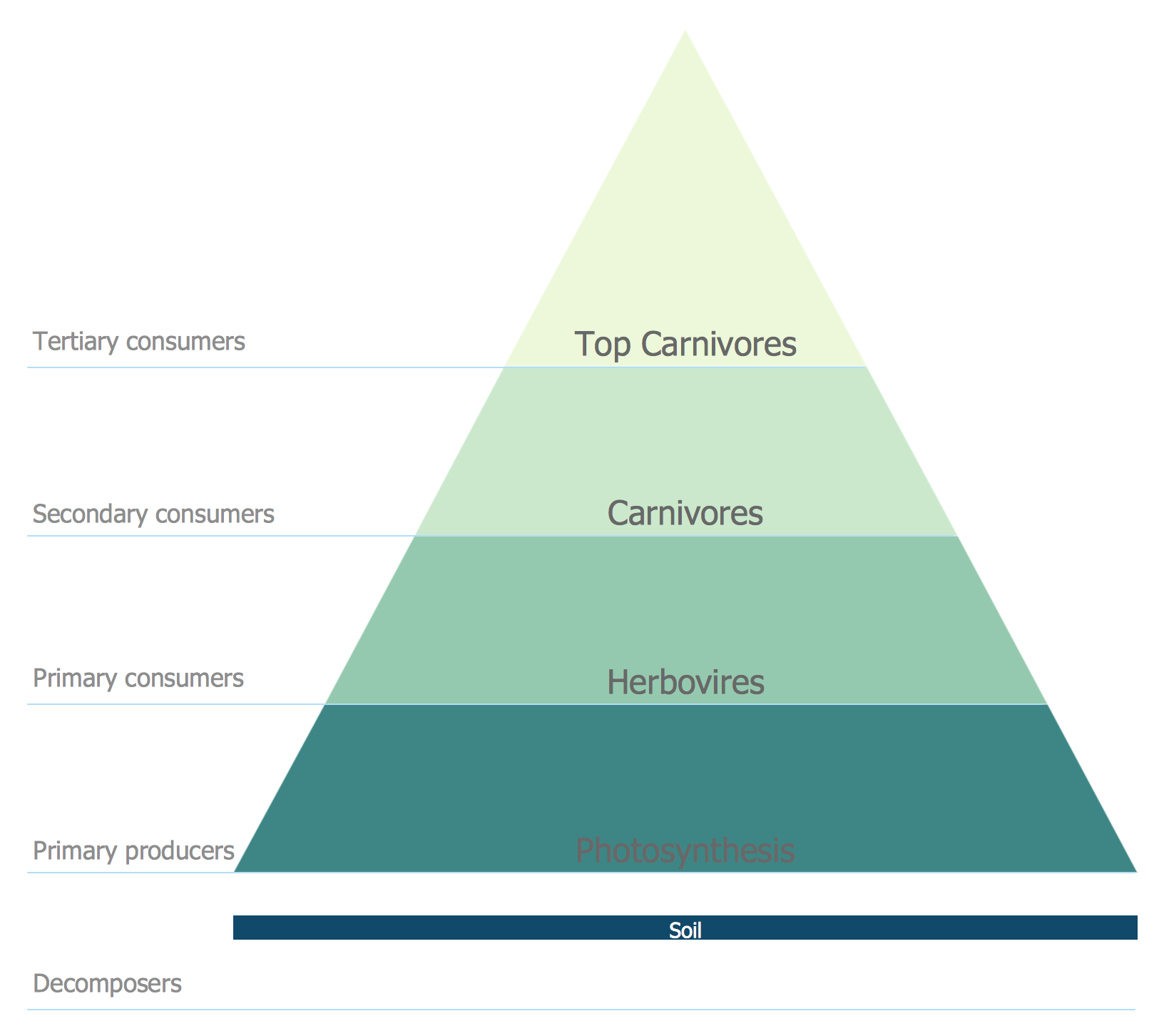
Photo Credit by: bing.com /
Infographic Clipart Vector Art, Icons, And Graphics For Free Download

Photo Credit by: bing.com /
How To Draw An Energy Pyramid - Lucianooverocker

Photo Credit by: bing.com /
How To Draw An Energy Pyramid

Photo Credit by: bing.com /

